|
Brewery
Beer
|
alc. |
colour
|
aroma
|
taste
|
aroma
|
finish
|
aftertaste
|
comments
|
score
(100)
|
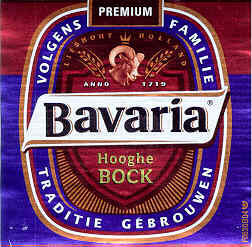
Bavaria Hooghe Bock |
6.5% |
ruby red, clear |
Metal, pear, caramel, cherry, toffee, sweet |
very sweet |
cream, sourish, raisins |
sugary, cream |
very sweet, bitterish |
Far too sweet. Without the 18 points for quite a good aroma, the score wouldn't
look so clever. Still, a big improvement on their old Tarwebock. Top-fermented. |
43
|
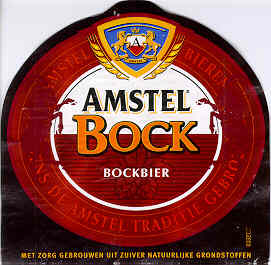
Amstel Bock |
7% |
brown, clear |
burnt, toffee, toast, alcohol |
sweet, bitter |
black toffee, burnt, fruit, dates |
coffee, burnt, dates, toffee, raisins, chicory |
sweet, bitter |
Bittersweet, complex and delicious. Always one of the best bokbiers. Let's hope
Heineken leave it alone. |
79
|
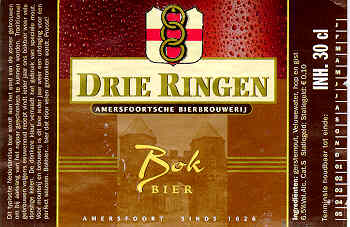
Drie Ringen Bock |
6.5% |
dark brown,
clear |
metal, liquorice |
sweet |
burnt, coffee, fruit, metal |
toffee, coffee |
very sweet, bitterish |
A beer with good intentions, which it can't quite live up to. Tastes like a flawed
copy of Amstel Bok. |
39
|
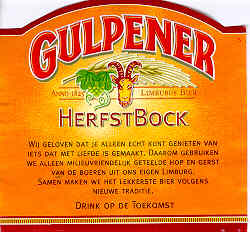
Gulpener Herfstbock |
6.5% |
ruby red, clear |
sugar, pear, metal, grape. |
sweet |
grape |
grape |
very sweet, bitterish |
A weird and pervasive grape flavour - which surely can't have been intended - totally
dominates this beer. |
32
|
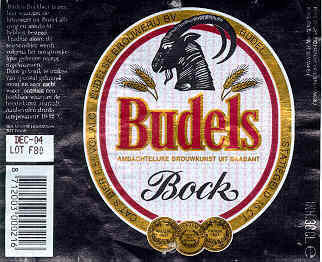
Budels Bock |
6.5% |
ruby red, clear |
cream, fruit, vegetable, hops |
very sweet |
chicory, burnt sugar, sweet, tobacco |
sugar, chicory |
sweet |
Some hop flavours, which is a bit unusual, but far too sweet. A bit amateurish. |
32
|
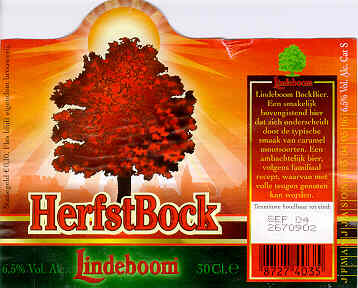
Lindeboom Herfstbock |
6.5% |
ruby red, clear |
cherry, metal, sweet, yeast |
very sweet |
yeast, cherry |
yeast, cherry |
sweet |
This used to be a restrained, smoky beer. Ruined by excessive sweetening. Smells
(and tastes) like cherryade. Love the label, though. |
26
|
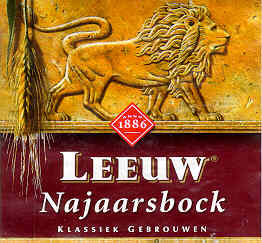
Leeuw Herfstbock |
6.5% |
ruby red, clear |
chicory, fruit, butter |
sweet |
cream, toffee |
fruit, butter, cream, liquorice |
sweetish, bitterish |
Rather thin and far too buttery. So buttery that I was convinced it was Alfa. |
40
|
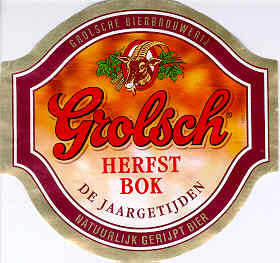
Grolsch Herfstbock |
6.5% |
ruby red, clear |
vegetables, metal |
very, very, very sweet |
metal, vegetables |
sugar, hops |
very sweet, bitterish |
Terrrible, terrible beer. Far too sweet and without a single appropriate flavour
for the style and lots of off flavours..
|
13
|
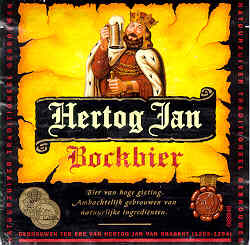
Hertog Jan Bockbier |
6.5% |
brown, clear |
dust, cream, metal, liquorice |
very sweet |
chocolate, grapes, metal |
toffee, sugar |
sweet, bitter |
Tastes like mild gone sour. With several tablespoons of sugar added. Surprisingly,
having said that, not one of the worst. |
30
|

Heineken Tarwebok |
6.5% |
ruby red, clear |
dust, liquorice,
alcohol |
very sweet |
liquorice,
chicory, sugar |
burnt, raisins,
sugar |
very sweet, bitterish |
Like a reasonable bock, but with 20 spoonfulls of sugar added. |
31
|
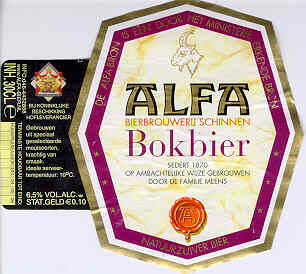
Alfa Bokbier |
6.5% |
dark amber, clear |
vegetables, mint, tobacco, dust |
sweet |
dusty, sugary |
dust, hop, mint |
sweet, bitterish |
Low-quality pale lager crudely coloured. Sorry you lads at Alfa - I take no pleasure
in slagging off your beer like this. But I really did taste the beer blind. |
20
|
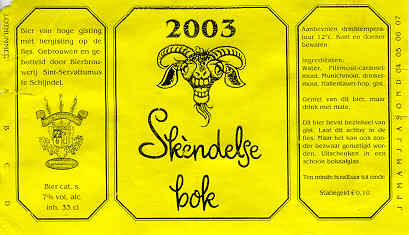
St. Servattamus Skendelse Bock |
7% |
amber,
cloudy |
bubble gum, cherry, sugar |
very, very sweet |
sugar, caramel |
sugar, cream |
very sweet |
Too pale and ridiculously sweet. Probably why the beer was so lively - it's been
bottled with too much fermentable material in it. |
20
|
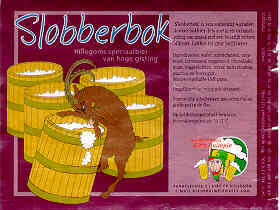
Klein Duimpje Slobberbok |
7% |
brown, clear |
coffee, cornflakes, metal, liquorice |
sweet, sourish |
cherry, toffee, burnt, alcohol |
coffee, toffee |
sweet, bitterish |
Only 15.6º Plato. Tastes like it will be going sour quite soon. Flavours are,
however, about right for the style. |
37
|
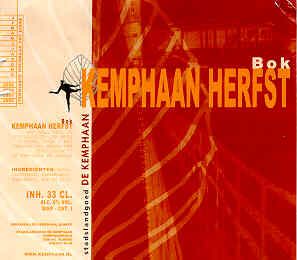
Kemphaan Herfstbok |
6% |
ruby red, clear |
coriander, tea, mint, toffee, sourish |
sweetish, sourish |
coriander, herbal |
herbal, hop |
bitter |
I thought that bock had to be a minimum of 6.5% by law. Tastes like last year's
Ij bock. Will be turning to vinegar in approx. 5 minutes. |
31
|
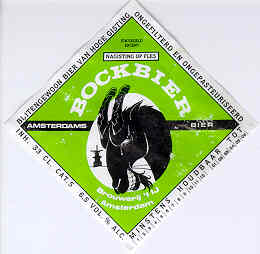
Het Ij Bockbier |
6.5% |
ruby red, clear |
coriander, bread, yeast |
sweet, bitterish |
coriander, herbal, caramel, toast |
herbal, coriander, hop |
bitter |
They've been at the coriander again. A bit too spicy and bitter for the style, but
not by ant means a bad beer. |
61
|
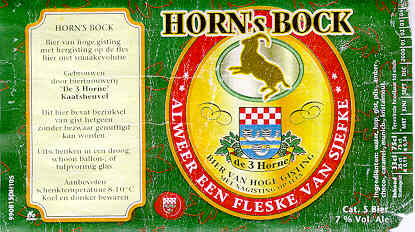
3 Horne Horn's Bock |
7% |
dark brown,
clear |
fruit, dates, liquorice, sweet |
very sweet |
cream, black toffee, dates, liquorice |
liquorice, cream, burnt, espresso |
very sweet, bitter |
A bit too sweet for my taste, but otherwise pretty good. |
70
|
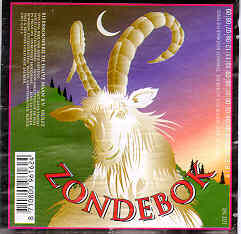
Halve Maan Zondebok |
8% |
ruby red, clear |
wood, mint, coriander, toast |
very sweet, sourish |
caramel |
cream, sugar |
very sweet |
Far too sweet and a bit sour. Crap. Amazingly, two beers in the set were even worse. |
18
|
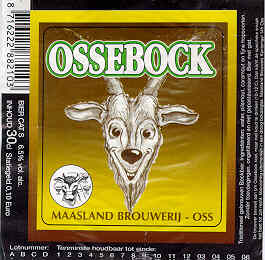
Maasland Ossebock |
6.5% |
ruby red, clear |
metal, cherry, apple |
sweetish, sour, bitter |
apple, wood |
wood |
sour, bitter |
Off. Like one of my very worst homebrews. |
10
|
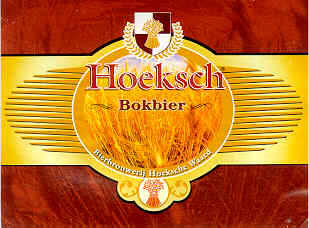
Hoeksch Bokbier |
6.5% |
dark brown, clear |
cherry, plum, caramel, sugar |
very sweet |
cherry, caramel, yeast |
grape, caramel, sugar |
very sweet, bitterish |
Not a particularly interesting beer - very sweet and a bit fruity. At least it isn't
infected. |
34
|
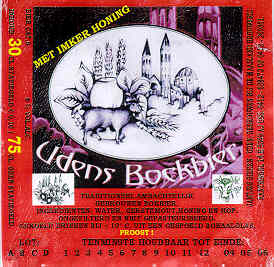
Uden's Bockbier |
6% |
dark brown, cloudy |
chicory, tar, burnt, liquorice, toast |
sweet, sour, bitter |
smoke, sour |
coffee, sour |
sour, bitter, sweet |
Vile - hopelessly infected. Why do they insist on selling rubbish like this? The
combination, omn the tongue, of sweet, bitter and sour was a new experience for me.
And not a pleasant one. |
14
|
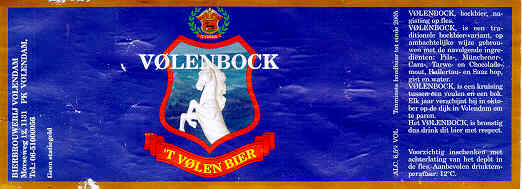
Volenbock |
6.5% |
dark brown, cloudy |
metal, cream, caramel, coriander |
sweet, bitter |
toffee, caramel, cream |
espresso, toast, yeast |
sweet, bitterish |
Served a little yeasty (my fault) which probably didn't help the score. An OK beer. |
44
|
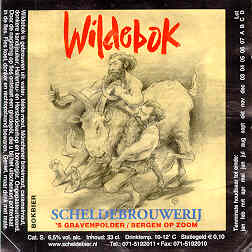
Scheldebrouwerij Wildebok |
6.5% |
brown, cloudy |
dates, chocolate, caramel, espresso |
very sweet, bitterish |
burnt, smoke, cream |
burnt, cream, liquorice |
sweet, bitterish |
A bit sweet for me, but some balancing bitterness. |
52
|
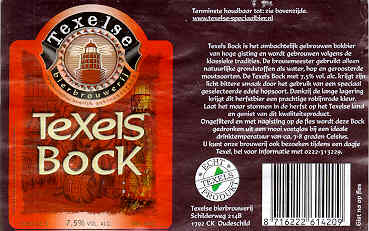
Texels Bock |
7.5% |
ruby red, cloudy |
alcohol, fruit, toffee |
very sweet, bitter |
sweet, fruit, caramel, toffee, alcohol, cherry |
liquorice, black toffee, raisins, smoke |
bitter, sweetish |
Not exactly subtle - a big beer in every sense. Bitter, sweet and with a long liquorice
finish. Very good. |
81
|
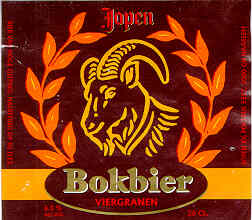
Jopen Viergranen Bokbier |
6.5% |
dark amber, clear |
lemon, cloves, sugar |
sweetish, bitterish |
orange, cloves, coriander |
orange, cloves, hop, herbal |
bitter |
A big orangey beer. The driest bock I've tried this year. |
66
|
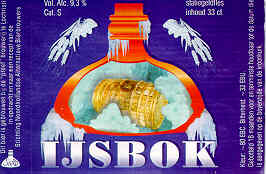
SNAB Ijsbok |
9.3% |
ruby red, clear |
liquorice, treacle, dates, alcohol |
sweetish, very bitter |
toffee, alcohol, liquorice, burnt |
toffee, alcohol, tar, raisins, burnt |
sweetish, very bitter |
Alcohol, treacle, heaven - full of everything. I'm impressed by the high level of
bitterness. |
82
|
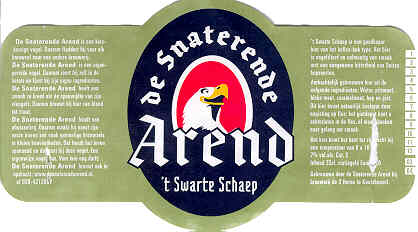
De Snaterende Arend 't Swarte Schaep |
7% |
dark yellow, cloudy |
grass, mint, lemon, bitter |
sweet, bitter |
vanilla, grass, caramel |
grass, herbal, hop |
bitter, sweetish |
A totally different style of bock - a pale one. Pretty good. |
65
|
| Albert Heijn Herfstbock |
6.5% |
ruby red, clear |
dust, metal, chicory |
sweet |
chicory, toffee, coffee |
coffee, burnt, cream |
bitter, sweetish |
Traditional, bottom-fermented bock. Not too sweet, but a bit thin. Brewed from barley
and wheat malt. |
45
|
| Grunn Bock Primeur |
7.5% |
brown, clear |
cream. dust, caramel, metal |
sweetish / bitterish |
alcohol, cream, liquorice, herbal |
liquorice, cream, bread |
bitter |
OK, but a bit too creamy. |
46
|
| Dommelsch Jonge Bok |
6.5% |
ruby red, clear |
toffe, dates, chocolate, sweet |
sweetish / very bitter |
wood, alcohol, herbal |
herbal, liquorice, hops |
very bitter |
Far too hoppy for the style. hops overpower the other flavours. |
52
|
| Haerlemsch Herfst-Bock |
9.3% |
ruby red, clear |
coriander, celery, cloves, ginger, sour |
sour |
perfume, sour |
coriander, sour |
sweetish, sour |
Horribly infected. |
8
|
| SNAB Ezelenbok |
7.5% |
ruby red, clear |
yeast, toffee, alcohol |
sour/bitter |
musty, liquorice |
herbal, sour |
bitter |
Corked. That's the problem with using real corks. |
23
|

























